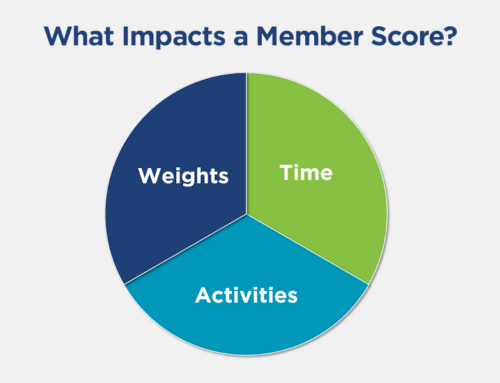
Poker, specifically No Limit Texas Hold’em, is popular in casinos everywhere and has become part of mainstream programming on cable sports and specialty networks. It makes for good television whenever an inferior hand defies the odds to overtake a big favorite, often making it seem as though luck is the major driver of success. But winning players know that poker is a game of skill much more than a game of chance. Like in business, the best way to minimize the influence of chance is to use available data to guide decisions toward more predictable, positive outcomes.
A good decision in poker, like business, is one with a positive Expected Value (+EV). The calculations can be complex but the basic idea is that, in the long run, +EV decision win money while -EV decisions lose. A simple way to express the formula is:
EV = (%W * $W) – (%L * $L)
- %W = percentage chance to win
- $W = amount you stand to win
- %L = % chance to lose
- $L = amount you stand to lose
Example:
The pot contains $400. Your opponent bets $100. ( you stand to lose the amount of the bet or $100 and you stand to win $400+$100 = $500)
Assume your chance of winning is known to be 20% (making your chance of not winning 80%). Should you call the bet? According to the formula above:
EV = (.20)($500) – (.80)($100)
= $100 – $80 = $20
In other words, 20% of the time you’ll win $500 and 80% of the time you’ll lose $100. In the long run you’ll earn $20 for each time this decision is made. This is a decision you can make with confidence.
Of course in real life decisions are never this straightforward. We’ll never know the exact chance of winning. Opponents will not show their cards and business decisions have more variables and a range of possible outcomes between winning and losing. We need more information. In both cases, we use additional data to assign probabilities and the value of each outcome. Analytics on customer history, preferences, and behavior are combined with sales and pricing data to determine expected value.
Like a good poker player, association executives and staff should endeavor to make decisions with confidence by taking the guesswork out of expected outcomes:
- Understand the Scorecard – Obviously it’s important to know as much as possible about the current situation before making a decision. A scorecard of business metrics highlights areas for improvement and provides the basis for measuring the impact of any decisions. For players, the essential information for all decisions include stack size, table position, opponents, and odds.
- Get to know your optimal customers intimately. Like players around a poker table, potential customers are not all equal. A given hand can be plated more profitably against some players than others based on their style of play. Products and services sell better in some customer segments than others. Analyzing data on behavior, tendencies, and preferences help you maximize the expected value of all your decisions.
- Allocate your resources where Expected Value is highest – “Call” or “Raise” spending and human resources on customer segments and programs with the greatest probability of success. “Fold” products, services and ultimately customers with –EV.



